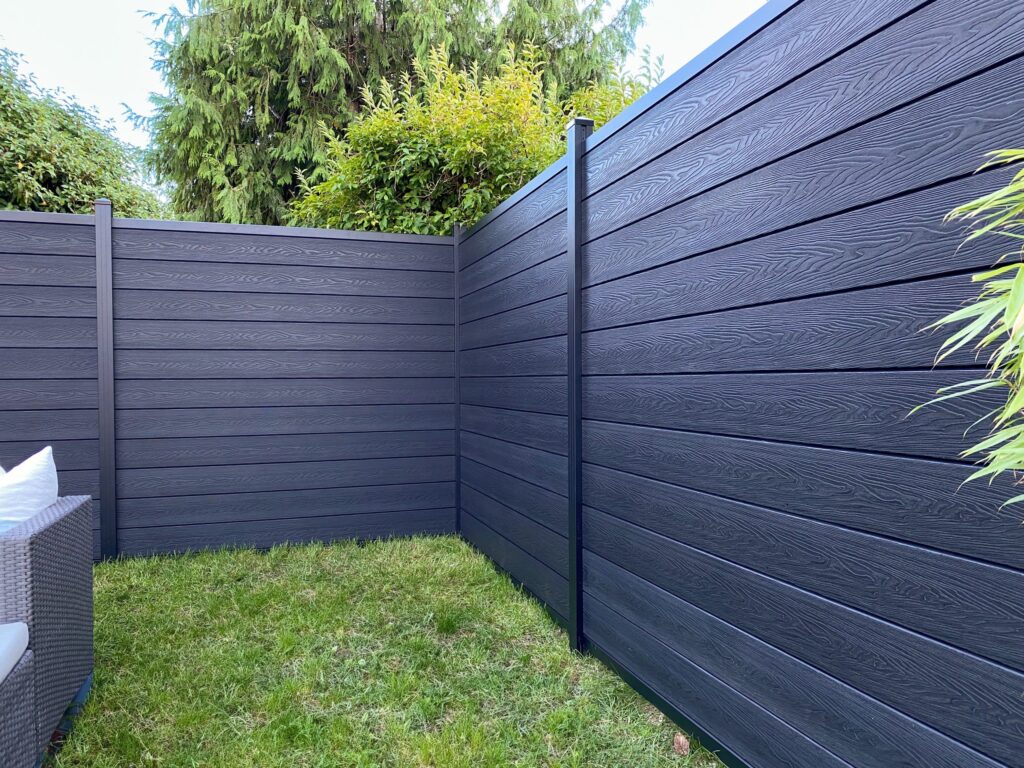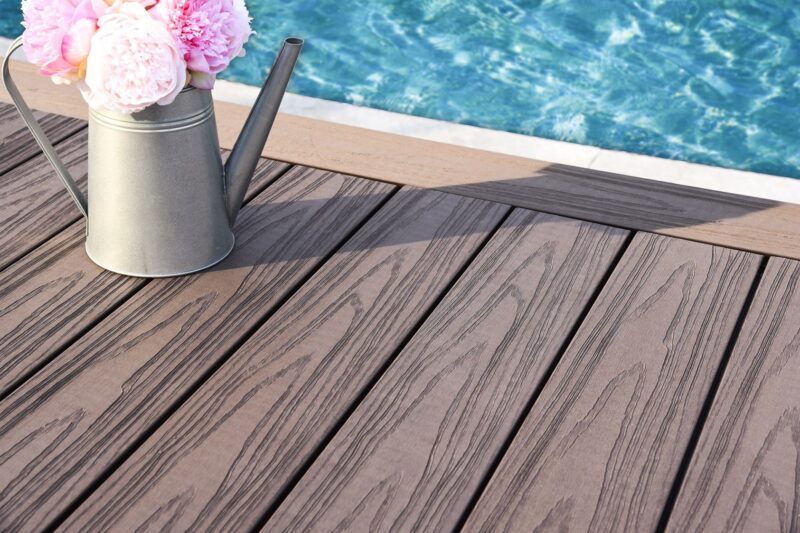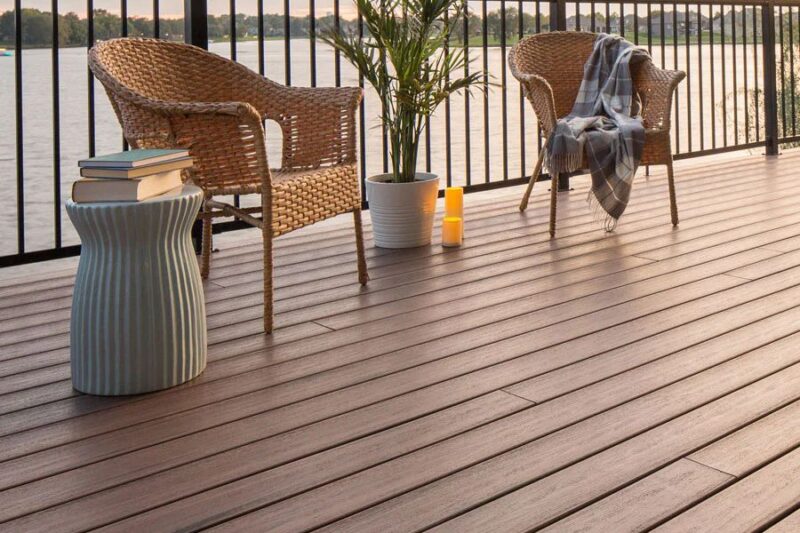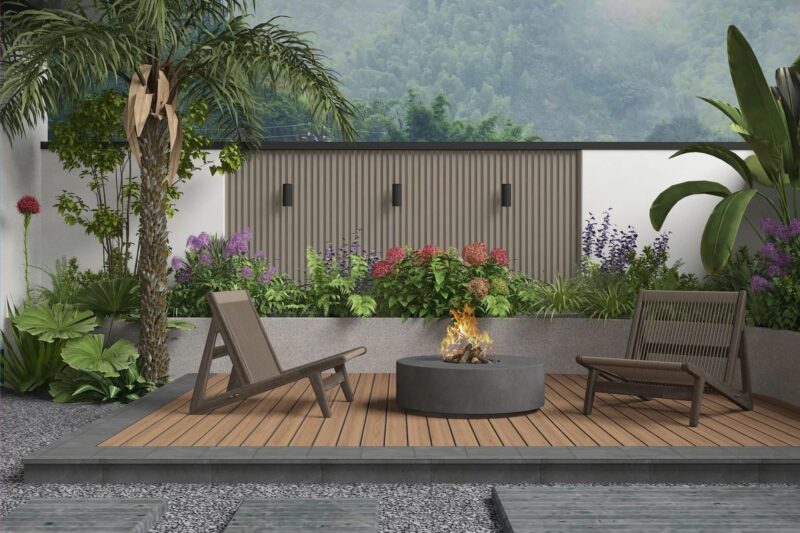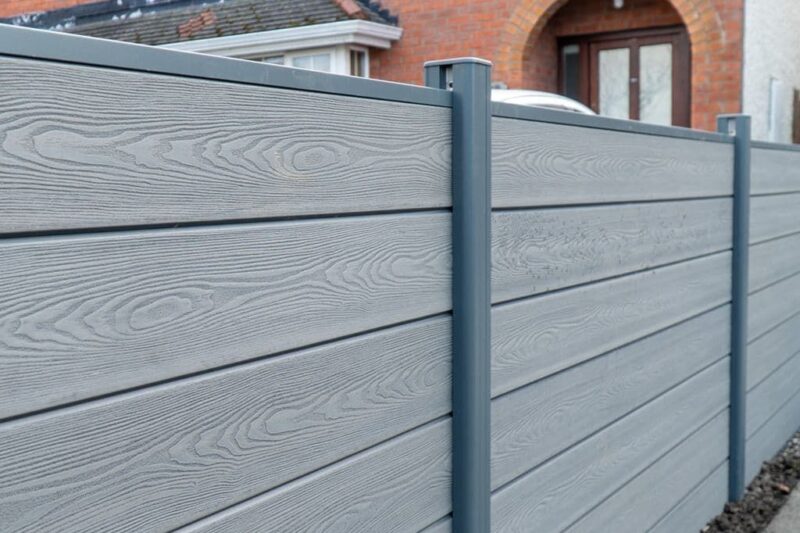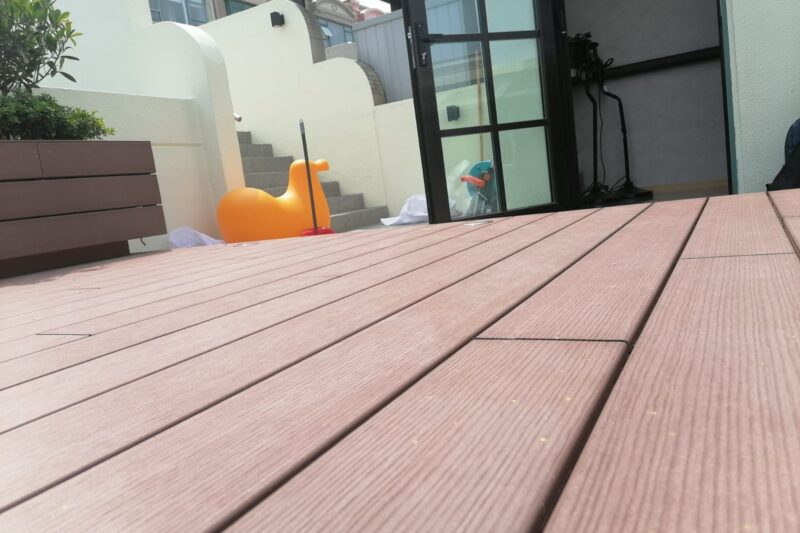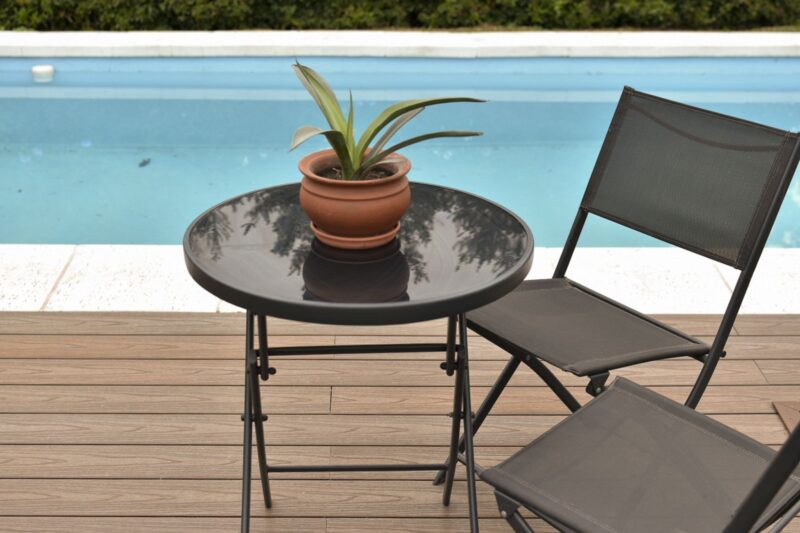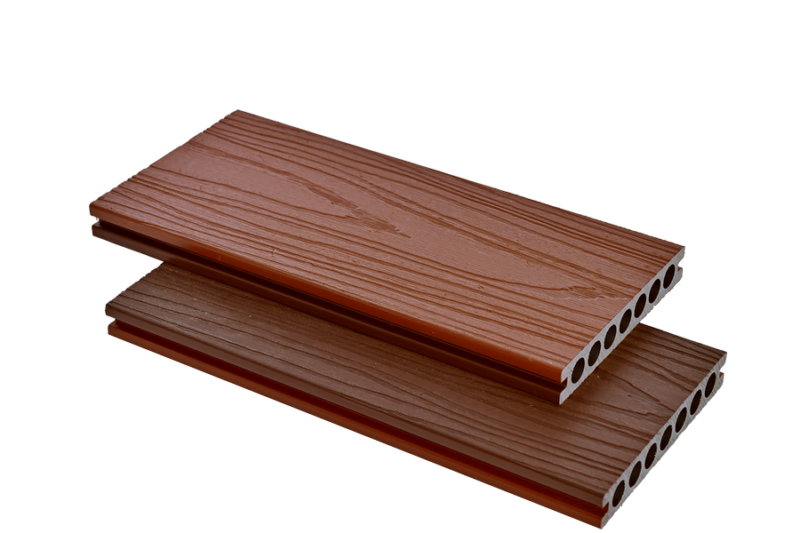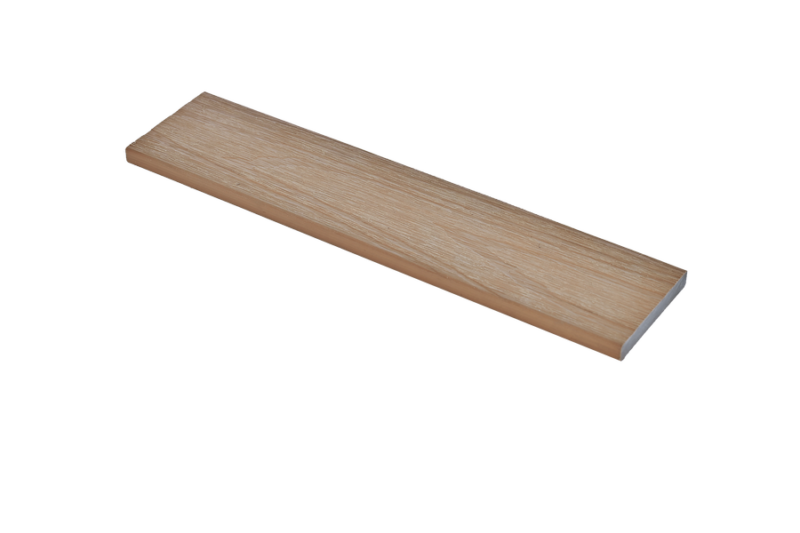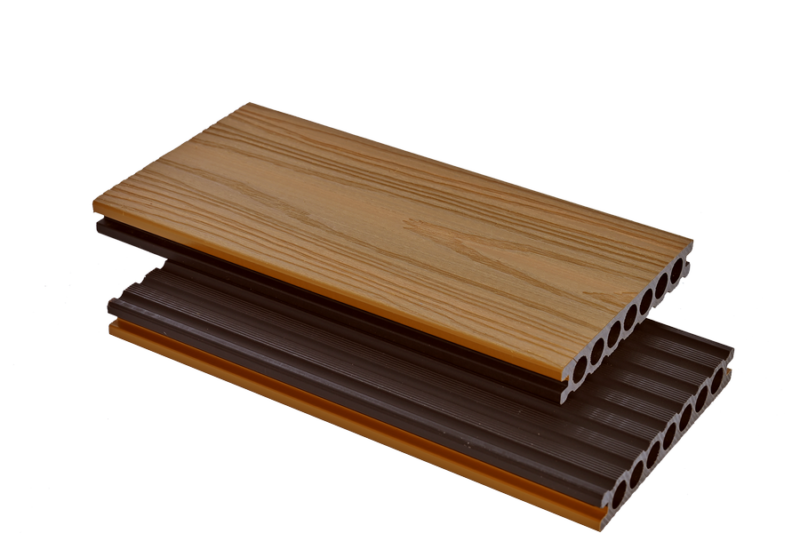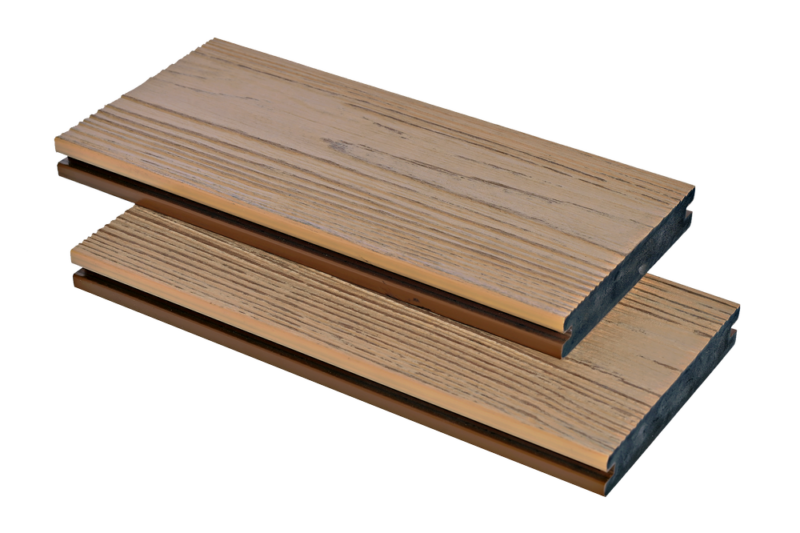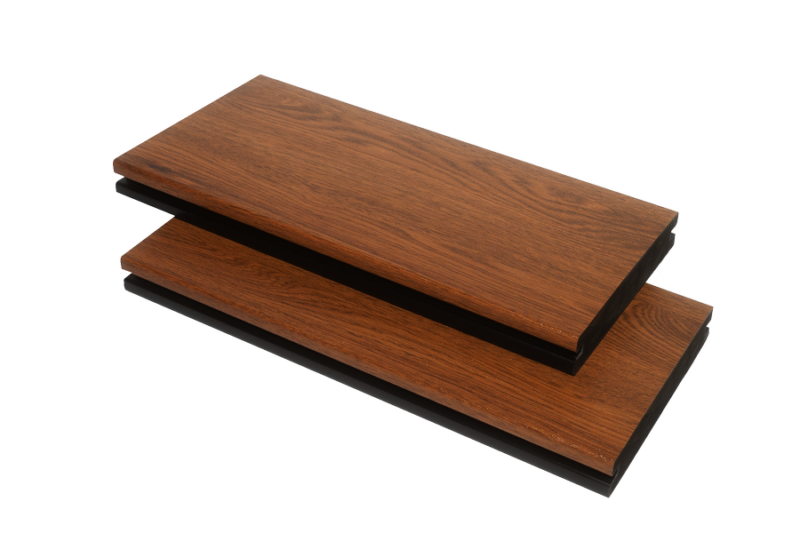Installing a new fence or replacing an old one is a significant investment for any Australian homeowner. It enhances privacy, security, curb appeal, and defines property boundaries. However, understanding the potential costs involved can be daunting, as prices fluctuate dramatically based on a multitude of factors. This guide breaks down the key elements influencing outdoor fence costs across Australia.
Why Such a Wide Price Range?
There’s no single “average” cost for an Australian fence. You might hear figures ranging from $60 to over $500 per linear metre, fully installed. This vast spread exists because fencing is highly customizable. Think of it like building a house – materials, size, complexity, and location all play crucial roles.
Key Factors Dictating Your Fence Cost
Material Choice (The Biggest Driver):
Timber: A classic Australian choice. Costs vary significantly based on timber type (treated pine is budget-friendly, hardwoods like Spotted Gum or Merbau are premium), height, and style (paling, picket, slat, post-and-rail). Expect $80 – $300+ per linear metre installed. Pros: Natural look, versatile. Cons: Requires ongoing maintenance (staining/sealing), susceptible to rot, termites, and warping.
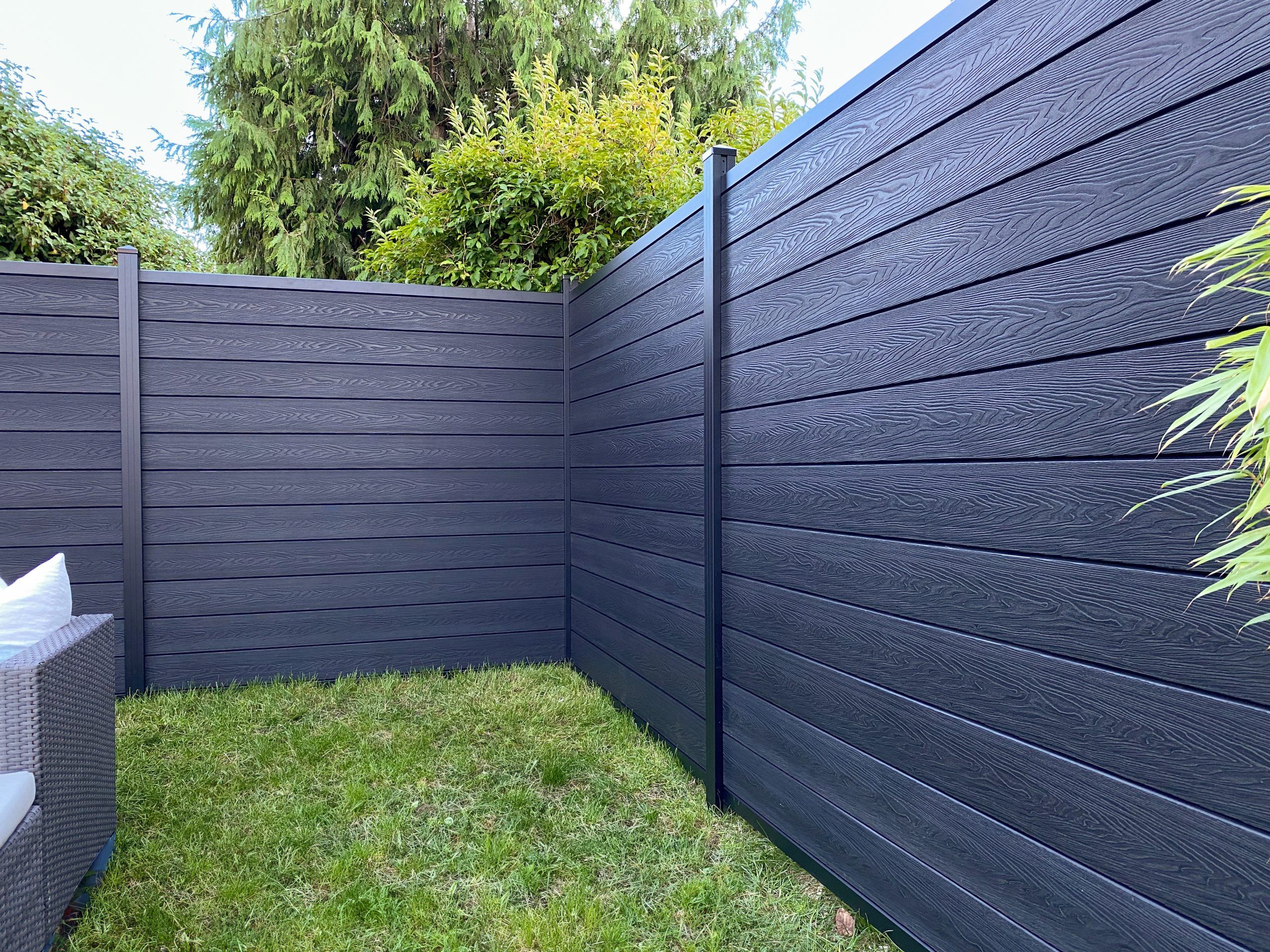
Colorbond Steel: Hugely popular due to durability, low maintenance, and range of colours. Costs depend on panel profile, height, and colour. Generally $120 – $300+ per linear metre installed. Pros: Long lifespan, fire-resistant (in BAL zones), termite-proof, minimal upkeep. Cons: Can dent, limited style flexibility compared to timber.
Aluminium: Often used for pool fencing (mandatory) or decorative panels. Lightweight, rust-resistant, low maintenance. Costs around $150 – $450+ per linear metre installed, heavily dependent on style complexity. Pros: Modern look, durable, no rust. Cons: Can be more expensive than Colorbond for similar styles, less common for boundary fences.
Brick or Masonry: High-end and permanent. Costs are substantial, typically $400 – $1000+ per linear metre installed. Pros: Ultimate durability, security, privacy, sound insulation, prestige. Cons: Very high cost, requires footings, lengthy installation.
Fence Length and Height
Length: Obviously, the longer the fence, the higher the total cost. Suppliers often quote per linear metre.
Height: Taller fences require more materials and often sturdier posts/footings, increasing the cost per metre. Standard boundary fences are usually 1.8m, while pool fences are regulated at 1.2m minimum.
Labour Costs
Labour is a major component, often 40-60% of the total cost. Rates vary significantly:
Location: Expect higher labour costs in major capital cities (Sydney, Melbourne) compared to regional or rural areas.
Site Accessibility: Difficult terrain, slopes, or tight access can increase labour time and cost.
Ground Conditions: Rocky ground requiring excavation or drilling adds expense. Soft, sandy soil might need deeper footings.
Removal/Disposal: Removing an old fence adds labour and disposal fees.
Complexity and Design
A simple, straight fence on flat ground is the cheapest. Costs rise with:
Slopes: Require stepped or raked panels, involving more cutting and labour.
Corners and Angles: Each corner adds complexity.
Gates: Including standard pedestrian gates, double gates, or automated sliding gates significantly increases cost.
Decorative Elements: Lattice tops, custom caps, intricate designs add to materials and labour.
Retaining Function: If the fence needs to hold back soil, structural engineering and specific materials are required, drastically increasing costs.
DIY vs. Professional Installation
DIY: Can save significant labour costs (40-60%) but requires skill, time, tools, and knowledge of regulations. Mistakes can be costly to fix. Only recommended for simple fence types (e.g., basic timber paling, chain wire) if you’re experienced.
Professional: Ensures compliance, quality, warranty, and efficiency. Essential for complex designs, retaining walls, pool compliance, or high-end materials.Cost-Saving
Conclusion
Investing in an outdoor fence in Australia is a significant decision with costs influenced by material, size, location, labour, and complexity. While budget-friendly options like treated pine or chain wire start around $80-$100 per metre, premium materials like hardwood, Colorbond, or brick can easily exceed $300 per metre. Thorough research, obtaining multiple detailed quotes, understanding your specific site requirements, and factoring in long-term maintenance are crucial steps in budgeting effectively. By carefully considering these factors, you can make an informed choice that enhances your property’s value, security, and enjoyment for years to come, ensuring your fence is a worthwhile investment tailored to your needs and the unique Australian environment.

